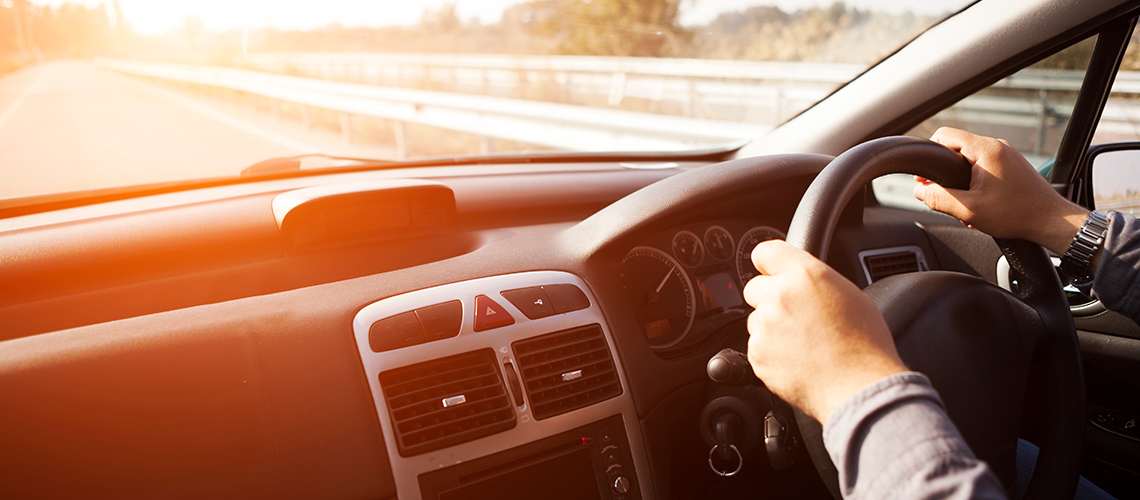
Selling your car can be frustrating and time-consuming – the aim is to get the best possible price in the shortest time.
The quickest and most convenient way is to trade in your car or sell it to a car buying business, which is usually a division of a car retail or wholesale operation. (Auction or consignment sales are other means – you can read about the pros and cons of each in the table below.)
However, if you trade your car in you will usually get the least amount of money for it. These businesses pay a low price and then re-sell your car, often after mechanical and cosmetic once-over, with a statutory warranty for a higher price.
Selling a car yourself is not difficult, though it does require a bit of time and effort.
By following our eight steps below you’ll put more money in your pocket to go towards buying you next new or used car.
1. Get a valuation from a car dealer or a business that buys cars – you can obtain a good estimate over the phone; you don’t necessarily need to take your car to them. This is the figure you could get for your car right away – perhaps you’ll be happy to take it.
2. To set your private sale price you can add a few thousand dollars to this figure in most cases, without making your car expensive compared to the alternatives – you will still be asking less than a used-car dealer would. Price – along with a genuinely good and well-presented used car – is one of the biggest motivators for buyers. Your aim is to pocket a few extra thousand; aiming for top-dollar usually results in a drawn out sale process.
3. Clean your car thoroughly or have it professionally detailed, which typically costs a couple of hundred dollars, but will make your car much more photogenic and more attractive to prospective buyers.
4. Photograph your car in the early morning or late afternoon – the light at these times will make it look its best. Choose a clean background – parallel parked on the street can be fine – and take pictures of the front and rear three-quarter view, the interior and dashboard, engine compartment and boot. Some people like to provide pictures of the logbook, spare keys and wheels and tyres, too. Ensure the car or feature in question is in focus and fills the frame, without being cut off.
5. List your car online – there are a few sites to choose from. Add your photos and the price you arrived at in step one. Looking at other cars of the same make, model, age, kilometres and condition (and in the same state or region) can also give you a guide. If your car is one of the least expensive among the equivalent alternatives, you’ll have a good chance of a quick sale. A detailed and honest description, written in a friendly, conversational tone will help your car appeal to buyers, too.
6. Make sure you are easily contactable – Serious buyers will arrange an inspection with you before they start to negotiate on price, turn up on time and, if they’re happy with the car – perhaps after getting the NRMA to do a mobile vehicle inspection – make you an offer. Of course, it’s rarely this easy, so be prepared for late arrivals, no-shows, very low offers and an insistence on the text message as a means of communication. Tip: schedule inspections for a time when you’d be home anyway; rearranging your plans, only to have a prospective buyer not arrive can be highly frustrating.
7. Negotiation on price is to be expected, but because you’ve done your research, you’ll know how low you need to go to sell, because you’ll know what others are asking for a similar car. If you and the buyer agree on a price it’s time to take a deposit and write a receipt.
8. Make sure the balance of the purchase price will be paid to you in the form of a bank cheque, direct deposit or in cash. You shouldn’t accept a personal cheque (which could bounce). You will need to provide a receipt and all the documentation, accessories and spare keys.
Ensure both you and the purchaser complete your details and sign the transfer of registration and notice of disposal on the reverse of the registration certificate. You keep the notice of disposal slip, and give transfer of registration to the purchaser
Provide copies of warranty documents if the car is still covered by a manufacturer or dealer warranty
Remember to give the new owner any spare keys, accessories, the owner’s manual and the logbook and/service booklet. Take your e-tag and any personal items out of the car
Phone your insurance company and transfer your car insurance policy to your new car, or cancel the policy
Complete the notice of disposal as soon as you can to ensure any traffic infringement notices issued after the sale are sent to the new owner. You can do this online on the Service NSW Website
| Method | Advantages | Disadvantages |
|---|---|---|
|
Private sale |
Can usually get the best price |
|
|
Auction |
|
|
|
Trade-in |
Generally fast and easy |
A dealer won't give you what you could sell it for privately |
|
Consignment |
It's sold for you |
You won't get the best price as the seller takes a cut |